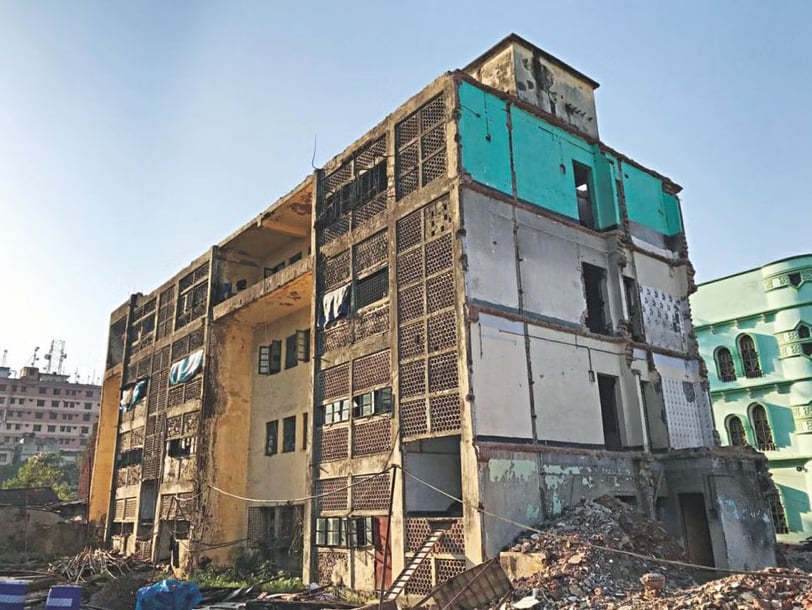Transformation Of The Public Housing In Bangladesh: Past, Present and Future
In this blog, we have summarised how the historical evolution and transformation of public housing in Bangladesh happened and detailed the application of vernacular and contextual elements in low-rise public housing can be executed. In the case of high-rise public housing, how to integrate these vernacular and contextual elements, neighboring ideas, and sustainable adaptability concepts to ensure better environmental, living, and community quality, we have determined the regulations and means.
SUSTAINABLE LIVING
Muhammad Golam Sami
9/13/20222 min read


Image: Master Architect Muzharul Islam Sir's Residence in Azimpur
Abstract: After the departure of the colonial regime, a massive change in public sector housing took place in Bangladesh during the East Pakistan era. Colonial public houses adapted bungalow architecture, which could support a single-family. These bungalows amalgamated gardens, patios, servants' quarters, and even service stairs and service lanes. Post-colonial architecture, which began in the 1950s, witnessed a tremendous change in the government housing sector. British architecture's compact, multi-story stair-connected flats were more modern, optimal, and up-to-date. In British architecture, however, the expensive problems that arose in massive space distribution despite the houses becoming climatically well-solved transformed during the Pakistan period by reducing the accommodation size and leaving the verandah open. The change in the size of the room and the modified distribution of public-private space provided a standard for the social structure of the time and pioneered future climate-friendly housing. Later in the Bangladesh period, there was a radical change in the social, political, and economic structure and a change in the housing prototype due to differences in tastes, which in many cases provided a positive and a negative impact, creating a challenging situation. This paper aims to provide a friendly framework for the future renovation or regeneration of these housing units in Bangladesh, taking into account the climatic and social factors that compel them to analyse the past, present and future effects of this radical change in government housing, along with providing a structured policy for establishing government prototypes that enable government housing projects to be more sustainable and eliminate adverse effects.
Keywords: govt. housing, sustainable approaches, climatic consideration, social factors, housing policy framework
Meet The Author
Related ARTICLES
Related PROJECTS
Revising The Renovation of Azimpur Govt. Housing , Dhaka - 1205
This project aims to provide a friendly framework for the future renovation or regeneration of these housing units in Bangladesh, taking into account the climatic and social factors that compel them to analyze the past, present, and future effects of this radical change in government housing, along with providing a structured policy for establishing government prototypes that enable government housing projects to be more sustainable and eliminate adverse effects.
Image: Azimpur Govt. Housing Renovation Visual at Bird's Eye
Location: Dhaka-1205; Year: 2023






